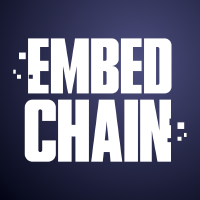Embedchain is an open-source RAG (Retrieval-Augmented Generation) framework that helps index and search unstructured data. This technology is user-friendly, enabling even non-experts to create powerful LLM (Large Language Model)-based applications with simple code. In this article, we will explore the advantages, disadvantages, and usage of Embedchain.

1. Advantages of Embedchain
Ease of Use
Embedchain is designed for ease of use, even for beginners. With just four lines of code, you can create LLM-based applications. For instance, you can easily implement the functionality to load, index, and search a PDF file from a URL.
Easy Access to Advanced Features
While traditional data indexing tools require complex setups and usage, Embedchain offers advanced features in a simple manner. This allows developers to leverage advanced functionalities without complicated procedures.
2. Disadvantages of Embedchain
Requirement for OPENAI API Key
To use Embedchain, an OPENAI API key is required. This means that costs can be incurred based on token usage. Cost management is an important consideration.
Current Performance
The performance of reading and searching PDFs is still under testing. However, initial test results are positive, and it is expected to improve continuously. Embedchain is anticipated to keep evolving.
3. How to Use Embedchain
Simple Code Example
Creating an application using Embedchain requires just a few lines of code. For example, the code to index and search a PDF file can be written as follows:
from embedchain import App
app = App()
app.add("pdf", "URL_to_PDF")
response = app.query("Your question about the PDF")
print(response)With such simple code, you can implement powerful data search functionalities.
Conclusion
Embedchain is a tool that can revolutionize data indexing and searching. Its user-friendly interface and powerful features will be beneficial to many developers. However, it is essential to keep in mind the requirement for an OPENAI API key and the potential costs based on usage.